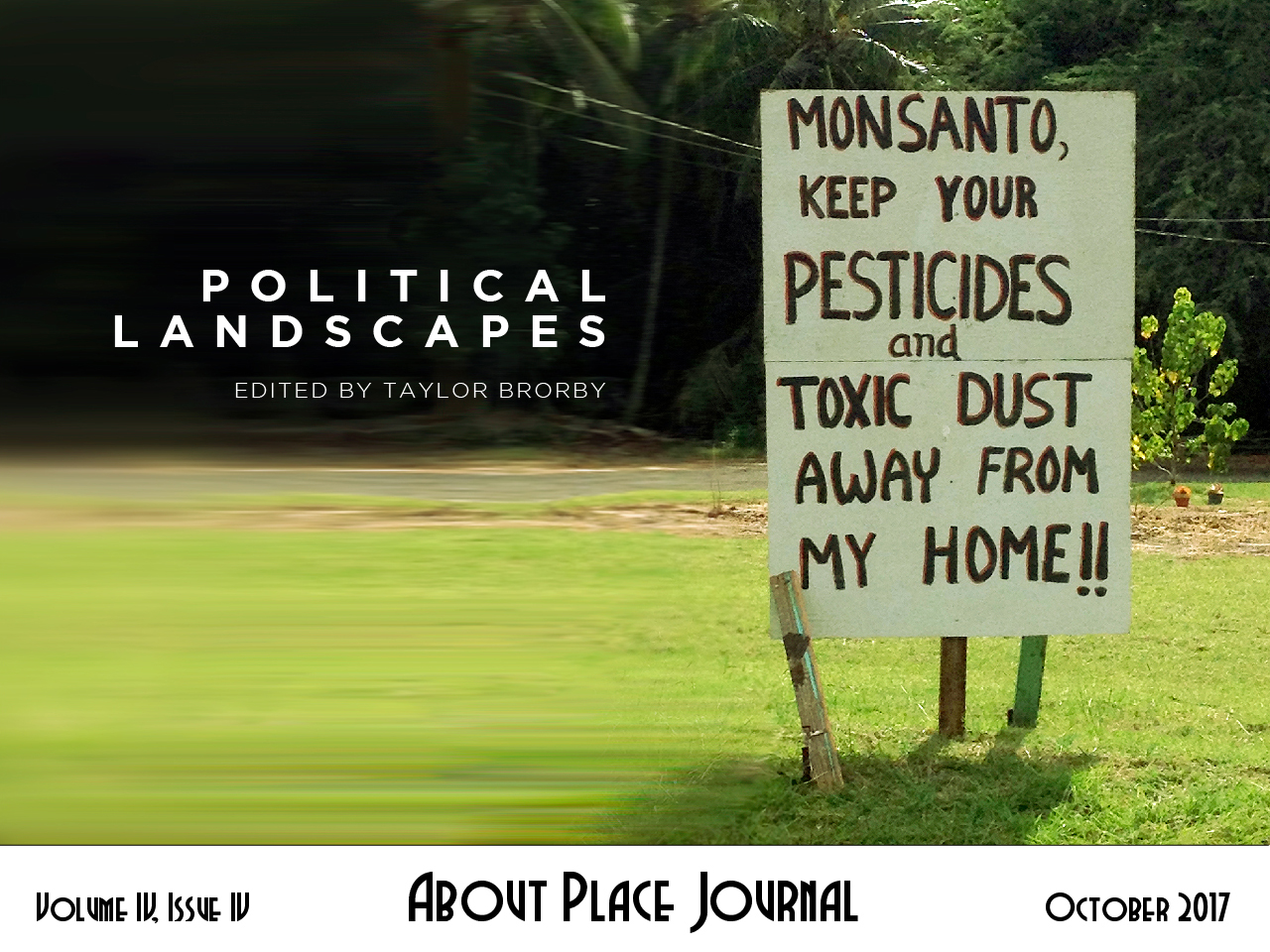Before gentrification, as scraggly and numerous as the children
Of the Irish-, Portuguese-, and Italian-Americans
Whose families had lived here since the 19th century—
As plentiful, I mean, as the snickering kids who loitered
On the stoops of triple-deckers that the city had built
To accommodate all of the poor Catholic families
Migrating from Europe with the mandate always
To “go forth and multiply” their broods of hungry children.
Called trees of heaven in the Asian nations of their origin,
They took advantage of every innocuous opportunity
To prove their adaptability—the females, especially,
Casting on the wind the pungent stench of their fecundity
For a week every June, dropping sex-crazed clusters of blossoms
Onto sidewalks, rooftops, and streets, sending up shoots
From every patch of godforsaken earth, even those pocked
With pumice-like coal cinders from the obsolete furnaces
They heated all the houses with well into the 60s.
And that’s how it was until the professionals moved in
With their melancholic babies, their dark mahogany
Antique furniture, their slick wardrobes from Bauhaus boutiques,
And their heavy cultural baggage from seven generations
Of important American personages—planting this greenery,
Marking the hard borders between their renovated properties
With gingko trees and locusts, river birches, hollies,
And moody English yews, prettifying the gravel walkways
Of their perennial Zen gardens with herbs, shrubs, and ivies,
And adorning the intimate dooryards and stoop-side patios
Of their formerly very homely triple-decker houses
With azalea, viburnum, lilac, and suburban rhododendron.
But some of these trees of heavenly origin,
As scrappy as those teens in platoons of six or seven
Who jangled swing sets in underfunded playgrounds
And lurked in public-housing doorways and bleak city parks,
Drawing water from underground pipes, sluiced by drains,
Took such tenacious root along the ubiquitous wire fences
Which the residents collectively hired some outfit to install
Against the crime-wave of the 60s—plumbers and secretaries,
Carpenters and nurses, sailors and sales clerks, proud
To own their own homes after the Second World War—
Still remain, their elephant-gray trunks gaining
Such incredible girth that they have actually engulfed
Sections of those fences, so that a four-foot length of fence,
In a kind of no-man’s land between two “developed properties,”
At one time connected to the entire maze of fencing,
Can still be seen in the gray bark of a tree, threading in
And out of the surface of the bark, its diamond weave
Of rust-orange aluminum as visible as a scar in the flesh
Of someone’s trunk, like zipper-like stitching left hanging
In the soft skin of someone’s torso after a procedure
Where a hernia was corrected, open heart surgery
Was performed, or an appendix, a gallstone, or a tumor
Was removed by a surgeon in a routine emergency.


